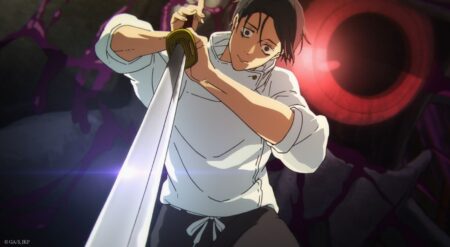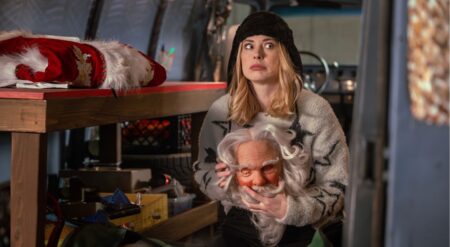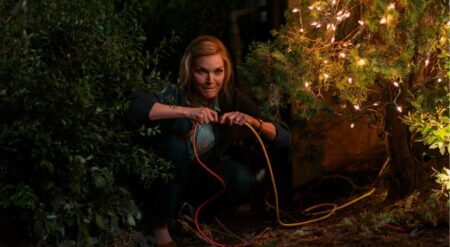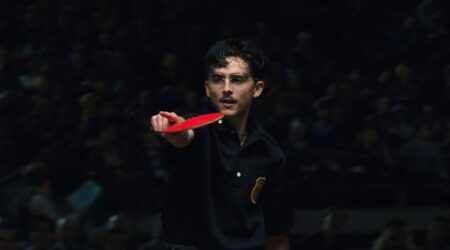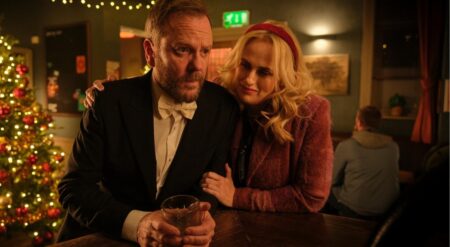
Long takes have been a technique that directors use to give audiences interesting ‘real-time’ perspectives of the movements of characters, and the environment around them. Be they intricate and steady as in Bi Gan’s Long Day’s Journey into Night, or filled with kinetic energy like in Creed II by Ryan Coogler, and Shinichiro Ueda’s One Cut of The Dead long takes create a unique visual and sensory experience for those watching. For his film Crazy Samurai Musashi, director Yûji Shimomura uses the long take to reenact the most famous battle of Japanese Samurai legend, Miyamoto Musashi, where he alone fought against 588 swordsmen. The film is a unique cinematic experience that will leave you tired and impressed.
In feudal Japan, the Yoshioka clan has lost two of its leaders in duels with a rival clan. Left to lead them is a young boy Matashichiro (Kimura Kousei), who’s more fascinated with a cute butterfly than clan politics, having no understanding that his life and the future of his people are in mortal danger. Learning that Musashi has been hired to kill the leader, the clan elders enlist 100 students, and 300 mercenaries to stand against Mushashi. They and the remaining clan members form an army…for just one man. Judging from the reactions, some think it’s overkill and shows weakness, others think 500 plus men aren’t enough. And unfortunately, the latter sentiment is the right one.
With a shot of Musashi dropping from the trees down to the camera, the location, and camera quality change. Gone is the cleaner, crisper hi-def resolution, in it’s place is what is clearly older footage using a completely different camera and lens. As the fight begins the choreography of Musashi’s technique is unlike anything I’ve ever seen in a Samurai film. Rather than the typical sweeping sword movements, lunges, and fancy footwork, Tak Sakaguchi who plays Musashi employs short and quick movements. Every upward lift of his arm is a defensive block to hits, using the momentum to in turn strike at his opponent’s head, legs, or side, his movements looking more like those of a boxer.
For 77 minutes of the film’s run time, Musashi is constantly on the defensive. His attackers surrounding him in clusters their swords at the ready to replace those who’ve been stricken down. Technically what really caught my attention was how the geography and architecture of the surrounding buildings were utilized. Moving from woods to brush, to a small village with deserted houses, Musashi uses everything to his advantage. Being pragmatic, he discards swords when they become dull (I’m assuming) and uses others he finds lying around or takes from men he’s killed. For the fight choreography, it’s clear every move was planned for efficiency not only for dispatching men, but also preserving Sakaguchi’s energy.
With regards to cinematography, there’s a neat and clever camera trick that’s used to obscure the audience’s perspective when it comes to the stunt performers. If you pay close attention, you’ll notice that doors, beams, trees, and even the stunt performer’s bodies are used to block the “body” of a fallen fighter. Like a magic trick, they’re suddenly gone. Seeing that no one has the budget to hire 500 actual people for one fight sequence, it’s forgivable when you recognize faces when they appear 5 – 10 minutes later.
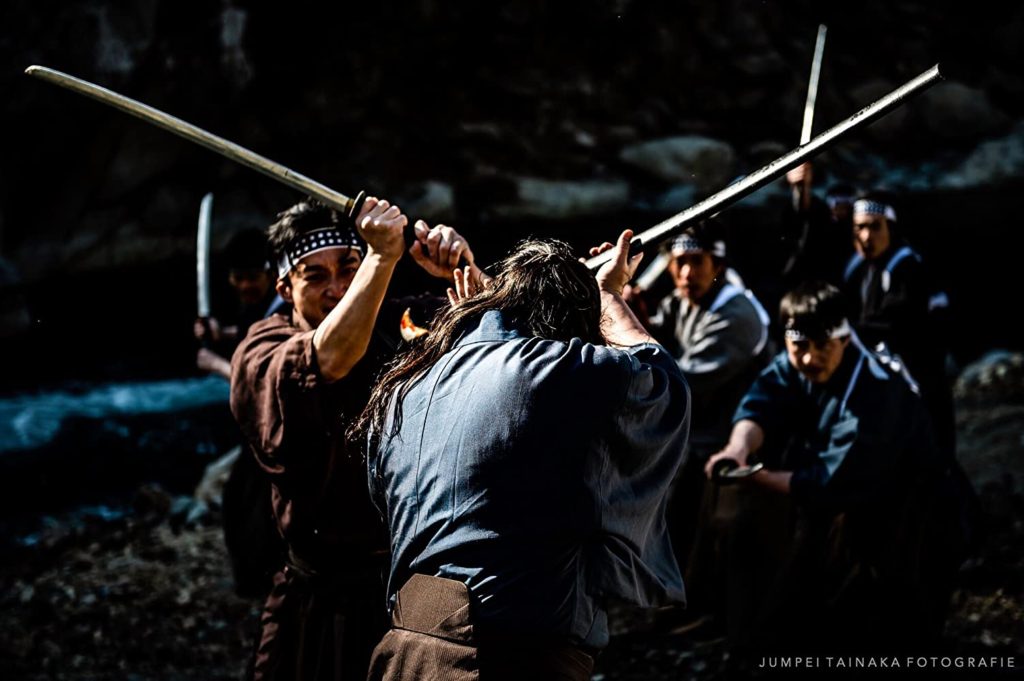
One of the things I wasn’t expecting is how funny the film is…well to me anyway. Musashi makes remarks about hot is he, and more than once wonders where all the fighters are coming from as he thought there’d “only be 70” at the most. The man is tired and just wants this fight, and this day, to be over. In the moments when the tension eases and the viewer’s attention might waver, the score which isn’t always present starts back, once again raising interest in what’s taking place on screen. There’s a hilarious and unexpected scene in the middle of the film when the most random argument between two members of the Yoshioka clan occurs. I suspect this was done to give Sakaguchi time to catch his breath, which is understandable, but what they’re arguing about was totally out of left field and had me in stitches.
Because all of the fighting that happens within this 77-minute long single take, Sakaguchi barely has a moment to breathe and center himself, making his exhaustion palpable. You feel tired just watching him get tired. As exhaustion sets in, his movements become just a bit more sluggish. His posture slightly unsteady and steps unsure. For a good portion of the filming, the camera is either at Sakagichi’s back or to the side of him, which means he can’t see how close he is to it or where he’s stepping. Every move he makes is from muscle memory and shows he knows exactly where he is at all times in relation to everyone else around him.
Though Crazy Samurai Musashi isn’t perfect, what Shimomura, Sakaguchi, and the crew accomplished was an impressive cinematic feat from a technical and athletic standpoint. What Sakaguchi did is worth high praise and he gets it from me. Also, make sure you watch the credits, there are some cool behind the scenes images.
Crazy Samurai Musashi is currently screening for the 2020 Fantasia Fest.
Crazy Samurai Musashi
-
Rating - 6.5/106.5/10
TL;DR
Though Crazy Samurai Musashi isn’t perfect, what Shimomura, Sakaguchi, and the crew accomplished was an impressive cinematic feat from a technical and athletic standpoint. What Sakaguchi did is worth high praise and he gets it from me.


